January 2025 Newsletter
Get to Know our Staff: 20-year Anniversary Edition!
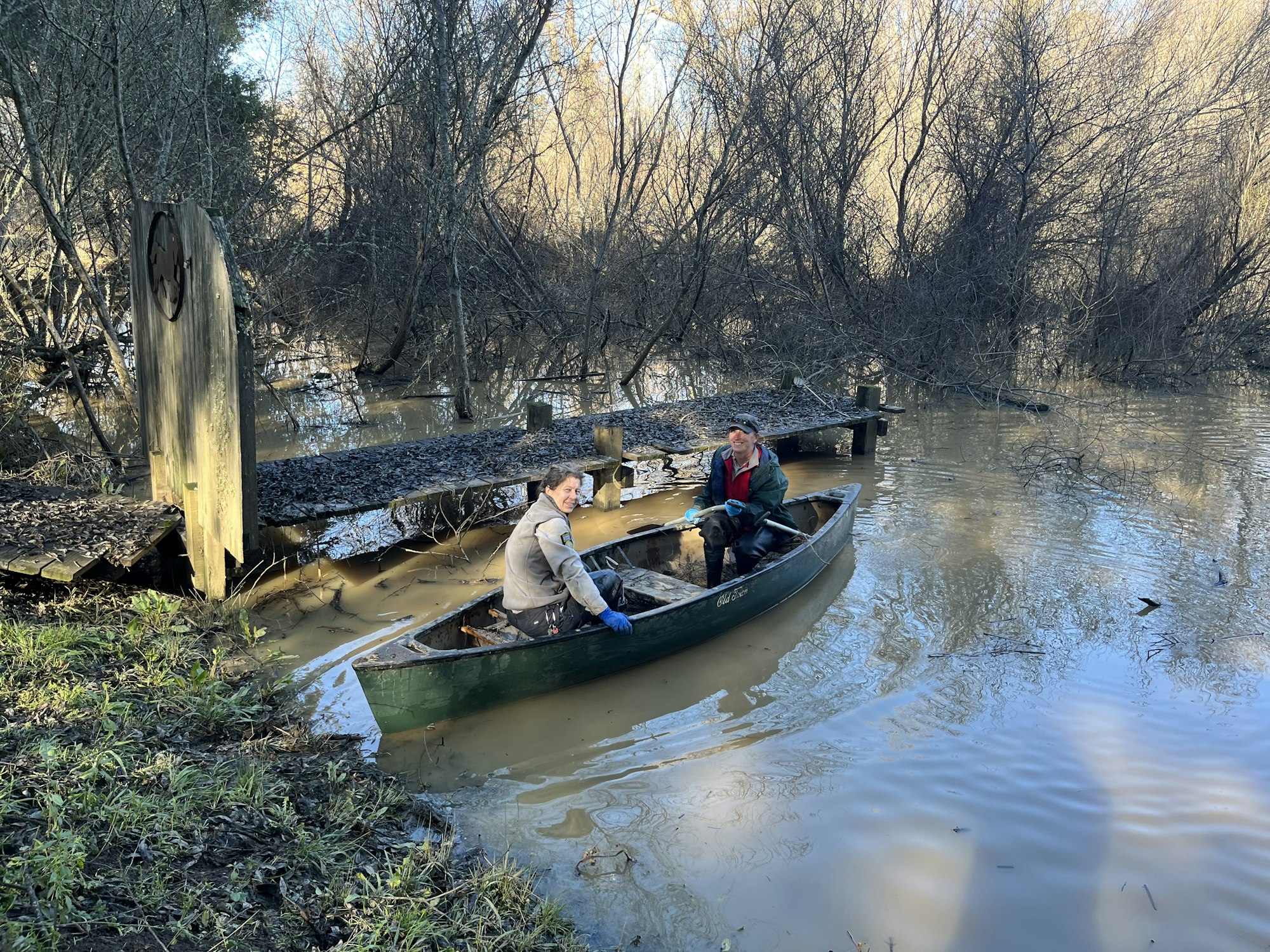
We are fortunate to have dedicated staff passionate about protecting San Mateo County residents from mosquitoes and the diseases they can carry. We'd like to let you get-to-know our staff and why our staff love their work.
This month, we are highlighting two staff members - Kim and Stephanie. This month is particularly special, because they are both celebrating their 20th anniversary of joining the District in full-time positions. We asked them a few questions about their work, favorite mosquito facts, and how things have changed over the years.
Click here to learn more about Kim Keyser, Vector Control Technician.
Click here to learn more about Stephanie Busam, Vector Control Technician.
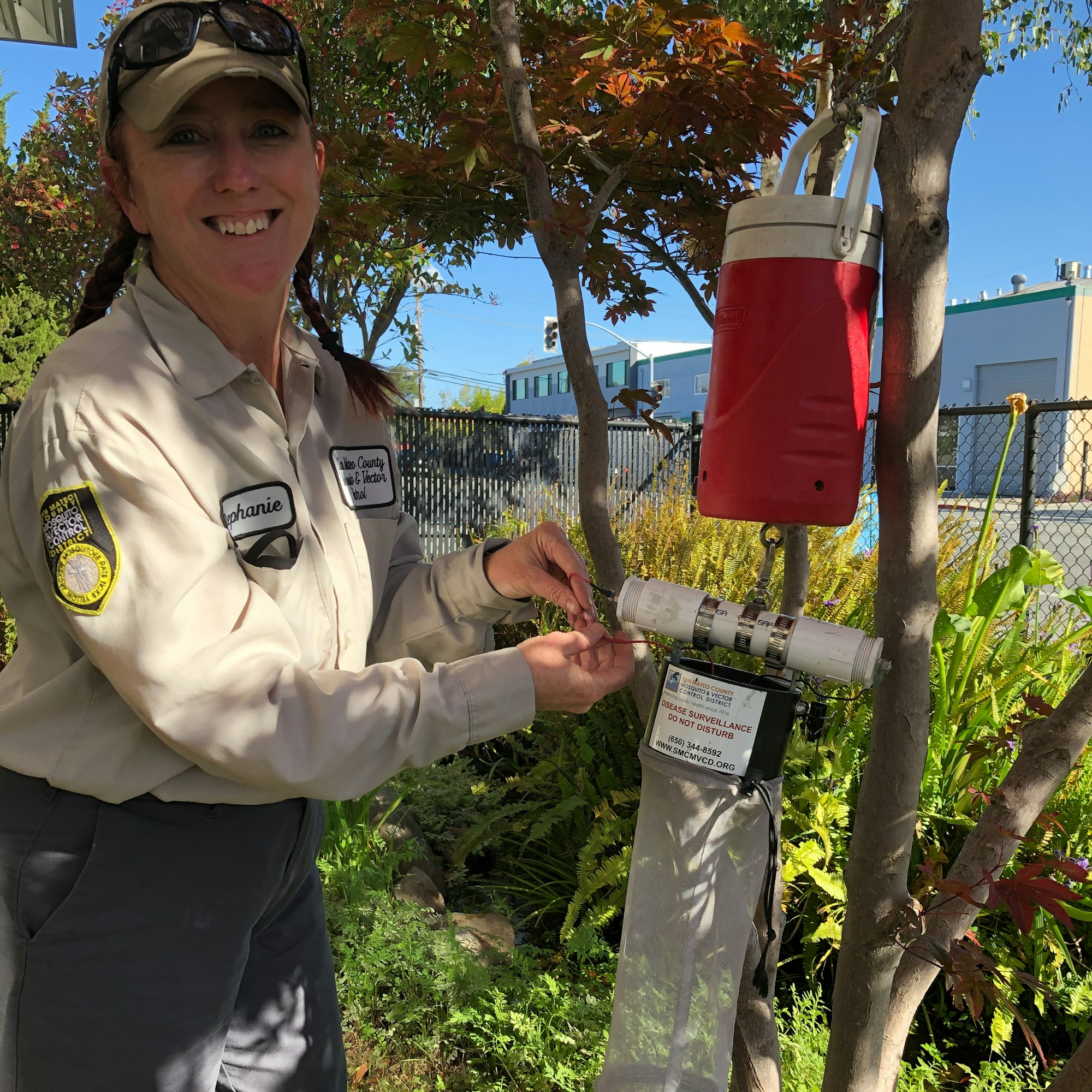

Keep Storm Drains Clean to Help Avoid Flooding

Our staff pay close attention to storm drains in the summer months because clogged, broken, and slow drains can create mosquito breeding sources (learn more about our summer work). During the rainy winter months, public works city staff work to keep the drains clear and streets from flooding. Did you know that YOU can also help keep storm drains clean and your street from flooding?
The entry points to the underground stormwater pipes are the grates you see along the curbs between sidewalks and streets, as well as sometimes in parking lots and other areas. These grates and inlets are storm drains, meant to capture and divert rain and other water from flooding our streets.
In San Mateo County, most of the stormwater and runoff from our streets heads to the Bay or the Ocean. You may have noticed the "Drains to Bay" metal circles nearby storm drains and curb inlets. Protecting our stormwater system from pollutants and trash is important - so important that the County, cities, towns, and local governments partnered to create the Flows to Bay program to educate residents about preventing pollution to the Bay and Ocean - check out their website to learn more!
Several cities in the County have Adopt-a-Drain programs that residents can sign up for to help keep our drains free from trash. Check out the programs run by the City of Belmont, City of Brisbane, City of Burlingame, City of San Mateo, and City of South San Francisco. Check if your city or town has a program, and become a storm drain hero today!
*One more note about storm drains...sometimes there are grates that are not connected to a larger pipe to the Bay or Ocean. Grates and short underground pipes are sometimes used to keep water moving under a street for a short distance so that the street level is not flooded. These little connections help keep street intersections - particularly along downhill streets - from flooding. These grates are called 'bubble ups' or 'bubblers' because they can appear to be bubbling and gurgling when filled with different levels of water. If in doubt, you can always check with your local public works department to ask about potentially blocked drains.
Ants - the Unwanted Houseguests
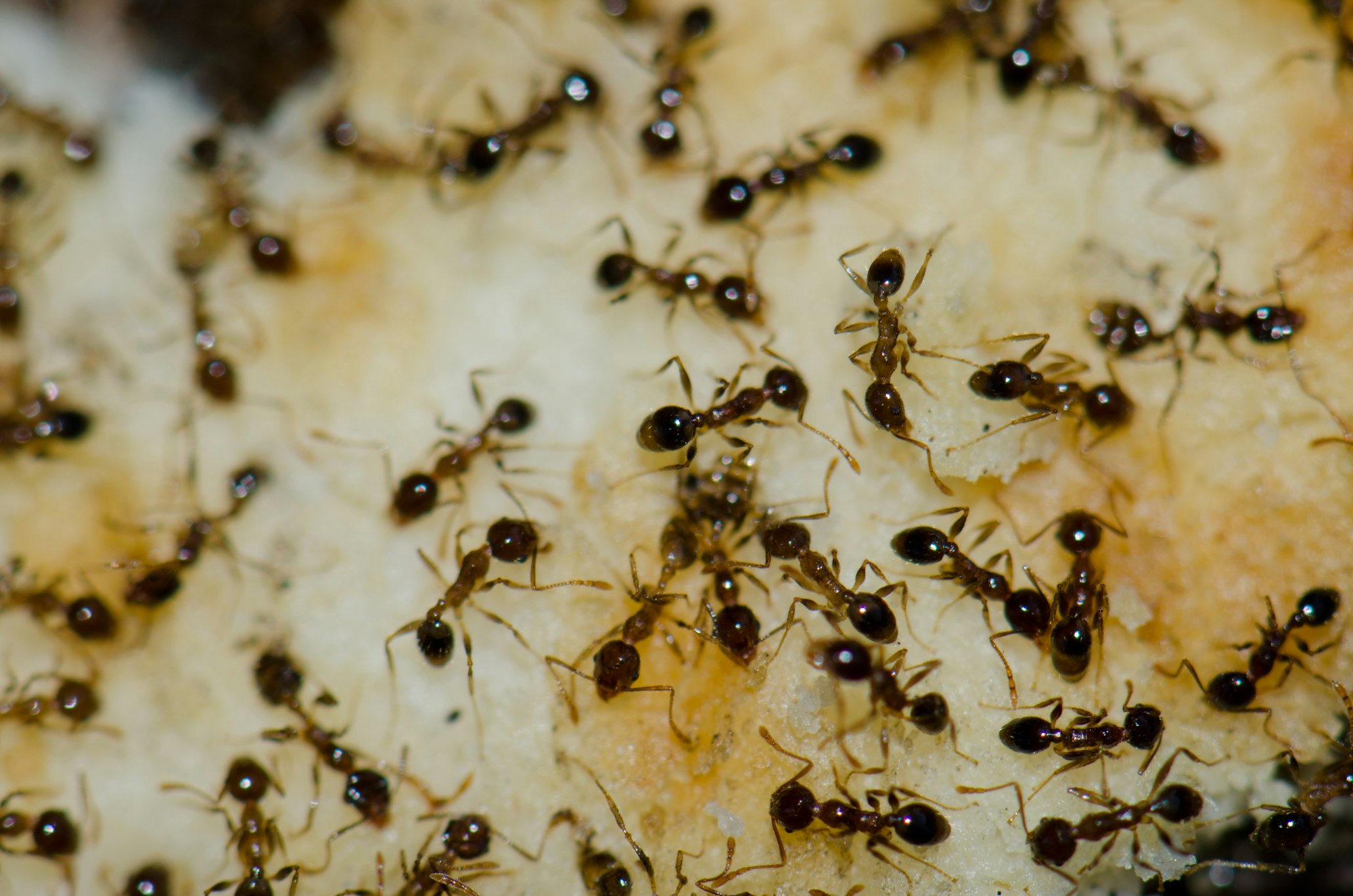
Are you battling ants this winter?
Even we battle seasonal indoor infestations of Argentine ants at our facilities in Burlingame. These small, dark ants are common in urban and suburban areas. We see them forming long trails in the landscaping, tending aphids in the rosebushes, and occasionally wandering around, uninvited, into our offices.
Research conducted by Dr. Deborah Gordon at Stanford University has shown that Argentine ants in the San Francisco Bay Area invade homes the most during cold, rainy winter weather. It’s not clear why they invade. Maybe the colony is budding, and the new queen and her court are looking for warmer living conditions. Maybe they are hungry and looking for food. While there aren’t clear answers as to why ants invade in the winter, one thing is certain: we wish they wouldn’t.
If you are being invaded by ants this winter, there are steps you can take to stop the invasion:
- Monitor your kitchen, bathrooms, and any food or pet product storage areas for ants.
- Inspect under sinks, in cupboards, and along pipes and electrical wires. Look for large trails of ants – just one or two does not indicate an infestation.
- Follow the trail of ants to figure out how they are getting in and where they are going.
- Block the access points.
- Caulk cracks and crevices both inside and outside that the ants are using for access.
- Check potted plants to make sure colonies haven’t been established in the soil.
- Remove attractants.
- Put food items in containers or plastic bags before they become infested.
- Wipe down shelves with soap and water.
- Clean bathrooms to remove any residues of toothpaste, mouthwash, or bathing products such as sugar scrubs.
- If you are still finding lines of ants after monitoring your home, blocking access points, and removing attractants, a chemical control option is ant bait. Ant bait is often sold as “ant stakes” or small pre-filled plastic bait stations. Be sure to follow the directions on the label. If one bait type seems not to work, try a bait with a different active ingredient (the active ingredient is listed on the front of the box).
Visit University of California’s Integrated Pest Management website to learn more about ant management.
Preventing Tick Bites
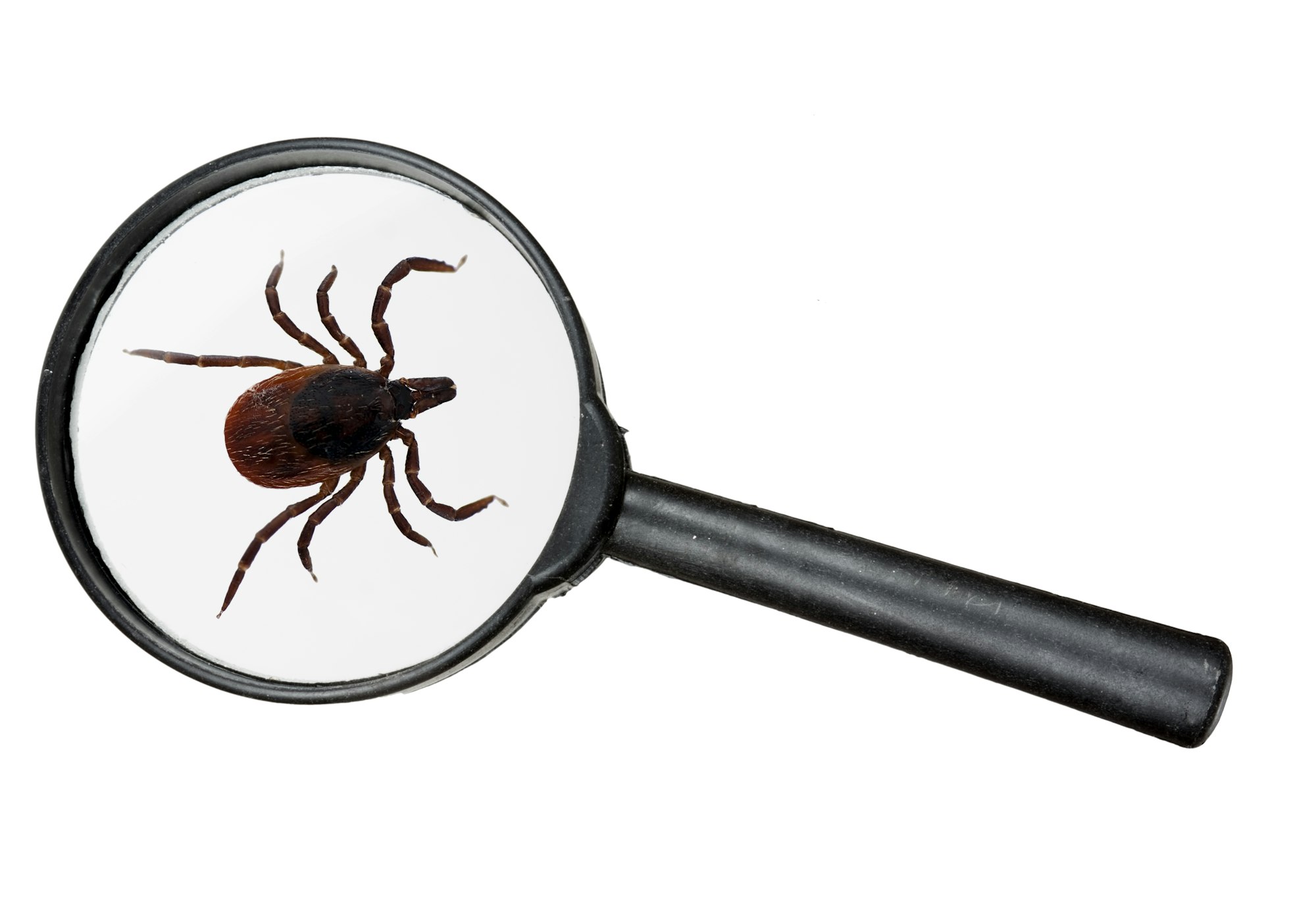
Adult western black-legged ticks will be active for the next few months. This is a good time to learn more about how to prevent tick bites if you will be spending time enjoying outdoor natural areas.
Click here to learn more about tick bite prevention.
Flooding or standing water on your property? Keep mosquitoes in mind!
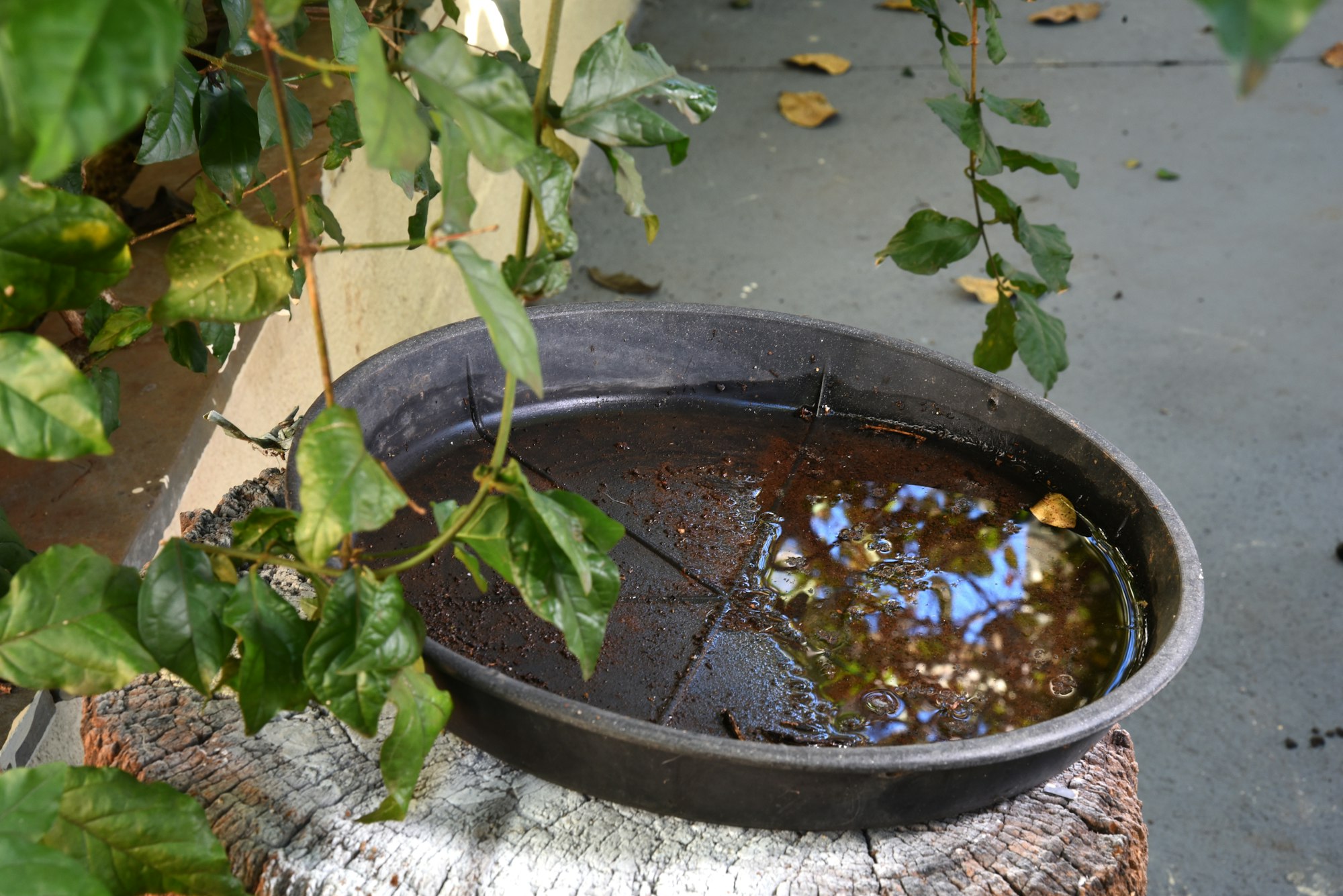
We've already had a few winter storms, and we'd like you to please keep in mind that mosquitoes can breed year-round, even when it is cool and rainy.
Check around your yard and home for any containers holding water - dump out standing water to prevent mosquito breeding. Check crawlspaces for standing water - water under a house can breed thousands of mosquitoes.
We're here to help! Please report water that continues to stand 2 weeks or longer after a storm, and always report mosquitoes. One of our certified vector control technicians will assess the water to determine if mosquitoes are breeding.
Submit a report or service request using our online form or by calling 650-344-8592.
